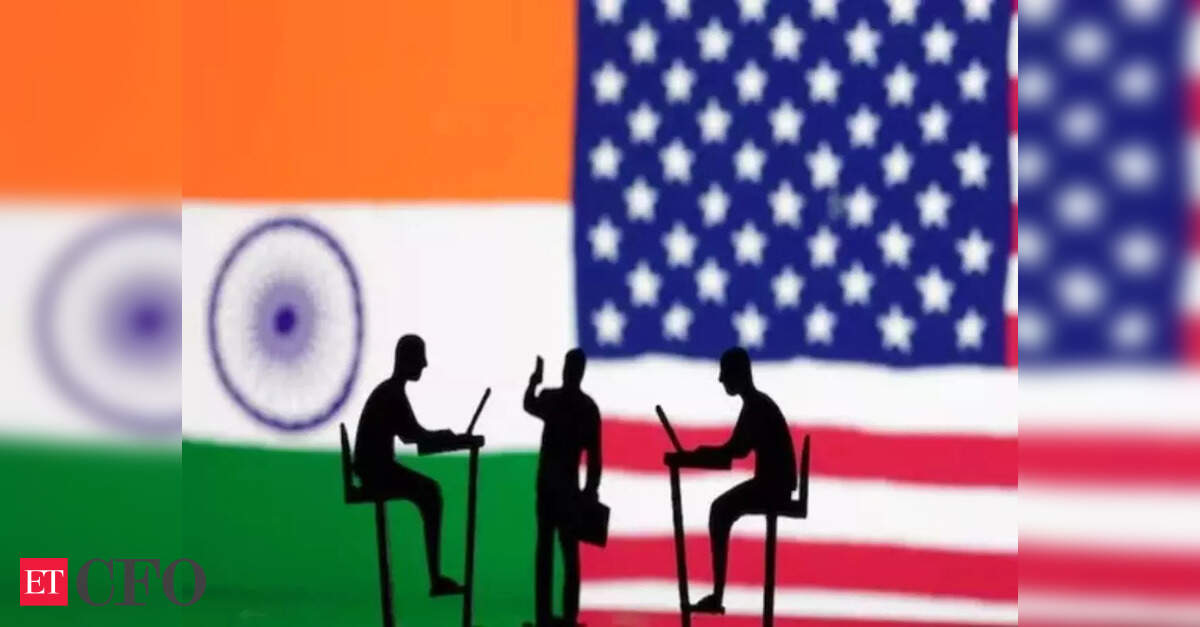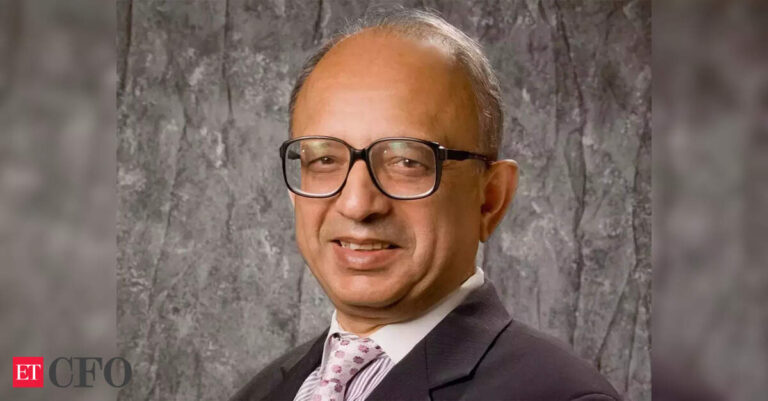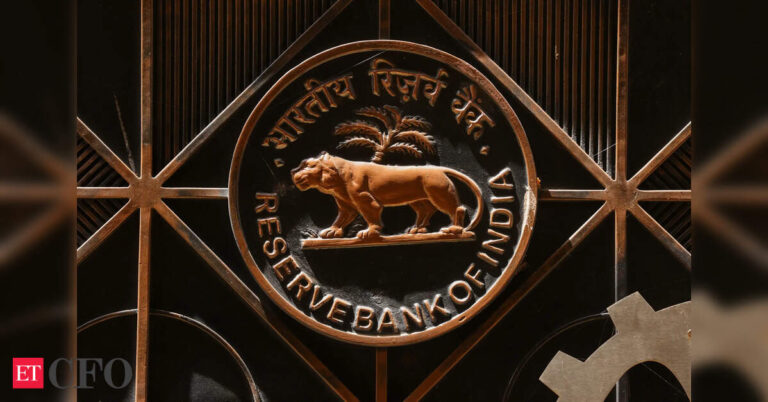Hopes of finalising an interim trade agreement between India and the United States are now hanging by a thread. Talks between the two sides have hit a stalemate due to unresolved disputes over duties on steel, auto parts, and agricultural goods, Reuters reported on June 26 citing Indian government sources. The impasse is particularly significant as it comes ahead of the July 9 deadline set by President Donald Trump for imposing reciprocal tariffs.
As the big deadline approaches, both countries must urgently weigh the economic stakes against political and strategic realities, experts say. For now though, the prospects of a breakthrough remain uncertain.
A core issue in the standoff is agriculture. The United States is pressing India to significantly reduce tariffs on American farm exports such as corn, wheat, soybean, and ethanol. However, India’s large rural workforce depends on farming, making it politically difficult for the government to allow an influx of subsidised US produce.
New Delhi also remains cautious about opening up domestic sectors like pharmaceuticals, automotive components, and small-scale industries, all of which fear losing ground to American competition.
Washington has been demanding wider access not just to agricultural goods but also to US-made automobiles, dairy products, medical equipment, alcoholic beverages, and pharmaceutical items. Despite India offering certain concessions, there is a growing sentiment in New Delhi that the US has not responded with concrete reciprocal offers. Policymakers cite what they call a “lack of reciprocity,” especially in light of the US’s unpredictable trade policies.
Unspoken limits threaten strategic partnership
While India views the United States as a crucial strategic ally—especially in contrast to China—there is clear reluctance to give up policy space on global trade matters. New Delhi values its autonomy in foreign policy, even as economic ties with the US deepen.
The US remains India’s top trading partner and a significant source of investment, defence equipment, energy, and advanced technologies. However, recent geopolitical developments have sparked unease. For instance, President Trump’s apparent tilt towards Pakistan during a past India-Pakistan standoff has cast a shadow over the reliability of the US as a strategic partner. Indian officials have grown more cautious, balancing economic engagement with strategic restraint.
There are also concerns over US tariffs on Indian goods. These include a base tariff of 10%, and sector-specific duties such as 50% on steel and aluminium, and 25% on automobile imports. Although a 26% reciprocal duty on Indian goods is still pending, the looming threat adds to exporter anxiety in India.
Trade still growing, despite friction
Despite the friction, India’s exports to the US continue to rise. In 2024, merchandise exports crossed $87 billion. Key sectors include pharmaceuticals ($8 billion), gems and jewellery ($8.5 billion), and petrochemicals (around $4 billion). Services exports—dominated by IT, finance, and professional services—stood at $33 billion for the same year.
India’s exporters benefit from tariff advantages over competitors such as China and Vietnam, which keeps expectations for further growth optimistic. At the same time, US foreign direct investment in India remains strong. American companies have invested more than $68 billion in India between 2002 and 2024, underscoring confidence in the long-term economic relationship.
On the other side, US manufacturers are seeking relief from high Indian tariffs, which range from 7% on wood and machinery to as much as 68% on food products. In 2024, US exports of manufactured goods to India were valued at nearly $42 billion. According to the White House, the US applies an average tariff of just 5% on farm imports, in contrast to India’s 39%, highlighting the imbalance at the heart of the negotiations.

























